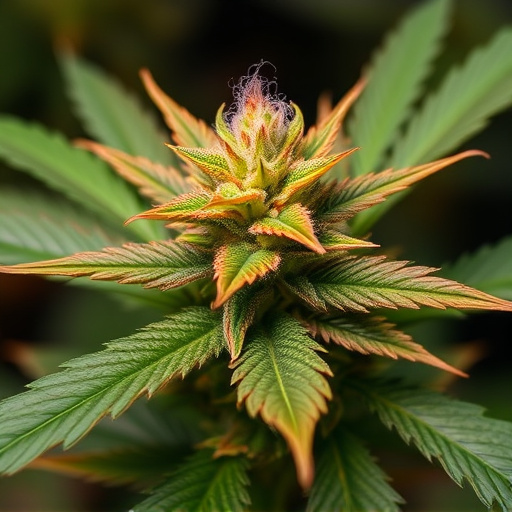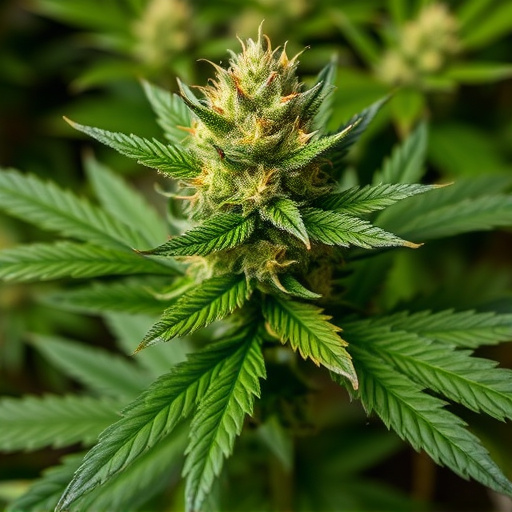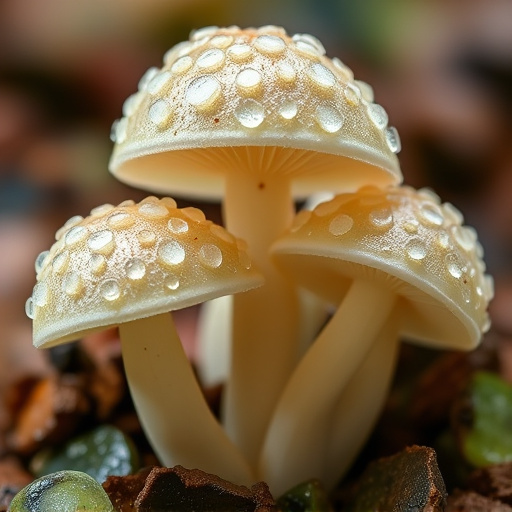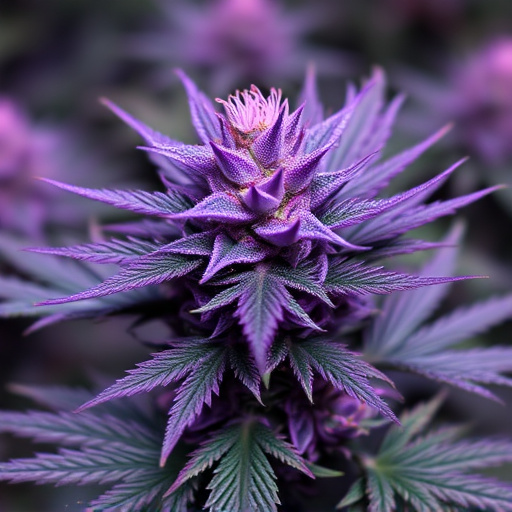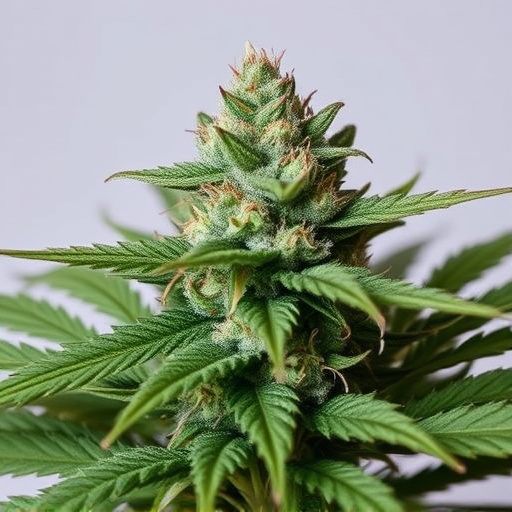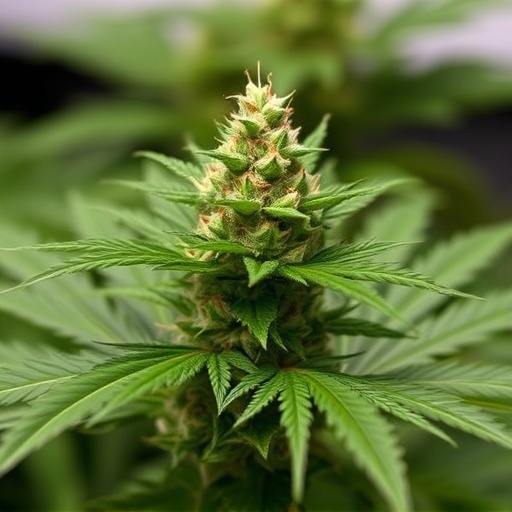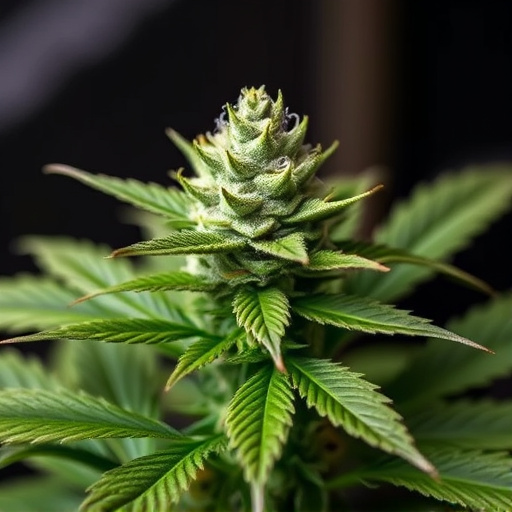Exploring cannabis for pain relief? Understand different strains, focusing on high CBD, low THC varieties like Blue Dream, Charlotte's Web, and Acai Berry for anti-inflammatory benefits without psychoactivity. Safely infuse cannabis into food using techniques like decarboxylation or oil immersion, starting with low dosages (1-5 mg THC per serving) and consulting a healthcare professional beforehand. Always store products securely and choose strains tailored to individual needs, like Indica varieties for personalized relief.
Discover the art of infusing cannabis into your cooking with our comprehensive guide. Exploring the best cannabis strains for pain relief, this article equips you with knowledge on effective methods and crucial safety precautions. Learn how to harness the power of natural remedies, offering both relaxation and potential therapeutic benefits. From understanding key strains to mastering dosage guidelines, elevate your culinary cannabis experience safely and responsibly.
- Understanding Cannabis Strains for Pain Relief
- Methods to Infuse Cannabis into Food
- Safety Precautions and Dosage Guidelines
Understanding Cannabis Strains for Pain Relief
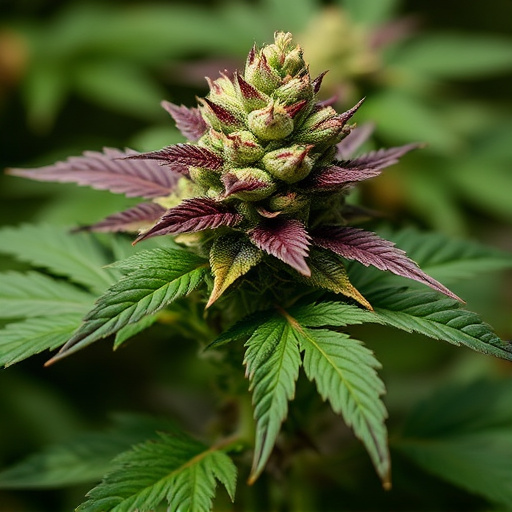
When considering using cannabis for pain relief, understanding different strains is key. Each strain offers unique chemical profiles with varying levels of CBD and THC, which affect how they interact with your body’s endocannabinoid system. For pain management, many find that high CBD, low THC strains are most effective due to their potential anti-inflammatory properties without the psychoactive effects.
The best cannabis strains for pain relief often include popular options like Blue Dream, known for its soothing effects and ability to alleviate chronic aches and anxiety; Charlotte’s Web, renowned for its high CBD content and minimal THC, making it suitable for sensitive users seeking pain reduction; and Acai Berry, a fruity strain that offers a balance of THC and CBD, potentially providing both relaxation and pain management.
Methods to Infuse Cannabis into Food
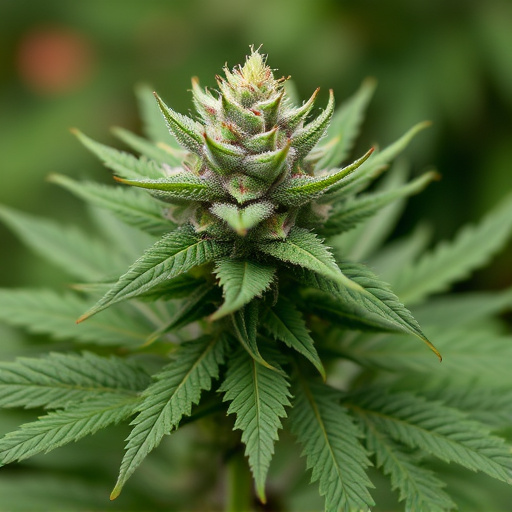
Infusing cannabis into food is a popular method to enjoy its therapeutic benefits and unique flavors. There are several techniques to achieve this, each offering distinct advantages. One common approach is decarboxylation, where cannabis flowers or buds are heated to activate their compounds. This process releases THC and CBD, making them bioavailable for absorption by the body. After decarboxylating, you can incorporate the ground cannabis into various recipes, such as baking goods, sauces, or even infusing oils and butter.
Another effective method is using cannabis-infused oils or butters as a base. By simmering cannabis flowers in oil (like coconut or olive) for an extended period, you create a potent infused oil that can be used in cooking or as a top dressing for salads. This process allows for precise control over the desired potency and flavor profile, making it ideal for experimenting with different cannabis strains known for their pain-relieving properties, such as Indica varieties, to create personalized culinary experiences.
Safety Precautions and Dosage Guidelines
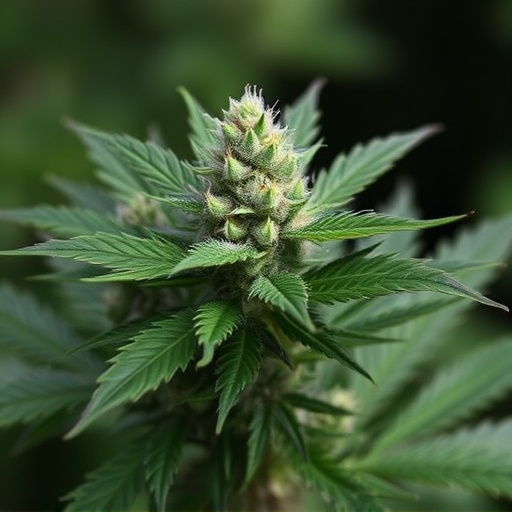
When infusing cannabis into food, it’s crucial to prioritize safety. Always start with a low dosage, typically 1-5 mg of THC per serving, especially if you’re new to cannabis consumption or unsure about your tolerance. Begin by preparing a small batch and gradually increase the amount until you reach your desired effect. It’s essential to remember that everyone metabolizes cannabis differently, so what works for one person might not work for another.
When choosing the best cannabis strains for pain relief, look for varieties high in CBD (Cannabidiol) and low in THC, as this combination often provides a more balanced, less intoxicating effect. Strains like Blue Dream, Charlotte’s Web, or Granddaddy Purple are popular choices known for their soothing properties. Always store your cannabis products securely, keep them out of reach of children, and consult with a healthcare professional before incorporating cannabis into your diet, especially if you have any pre-existing medical conditions or are taking other medications.
When exploring the best ways to infuse cannabis into food, understanding the various cannabis strains for pain relief is key. Different strains offer distinct profiles of cannabinoids like THC and CBD, each with unique therapeutic benefits. By selecting the right strain, you can enhance your culinary creations with effective pain-relieving properties. Utilizing various infusion methods allows for creative experimentation, ensuring safety through proper dosage guidelines. Remember to prioritize quality ingredients and precise measurements to unlock the full potential of cannabis in your kitchen while adhering to legal and health regulations.

